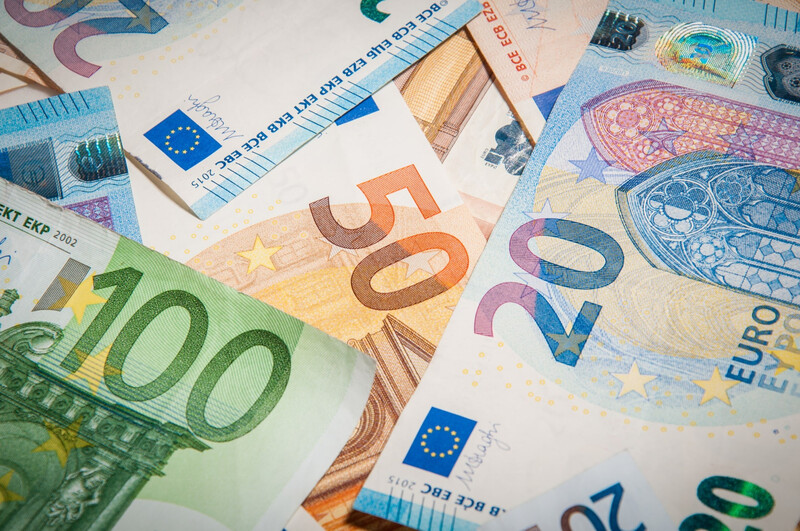Alors que les espèces sont de moins en moins utilisées en Europe et en France, il n’y a jamais eu autant de billets en circulation, un phénomène plus connu sous le nom de « paradoxe des billets ». Dans une étude, la Banque centrale européenne (BCE) tente de trouver plusieurs explications à la résistance du cash et ses records.
Baisse de l’utilisation du cash au profit des paiements par carte
Alors que la crise sanitaire a donné un coup de fouet au paiement sans contact, les Français sont restés attachés aux espèces pour régler leurs achats. Un sondage IFOP réalisé pour la Monnaie de Paris entre février et avril 2021 montre que plus de 90 % d’entre eux déclarent avoir recours à l’argent liquide régulièrement, contre 70 % quotidiennement.
Les sondés attribuent aux espèces de nombreux avantages dont :
- la gratuité de son usage (94 %),
- son caractère universel (93 %),
- la protection de la vie privée qui y est associée (92 %),
- la sécurité (91 %).
Même si le cash représente encore 72 % des transactions en volume au sein de la zone euro, cette proportion a baissé de 6 points en seulement 3 ans. Ce recul s’est fait notamment au profit du paiement par carte qui a gagné 8 % entre 2016 et 2019, selon les données de la BCE. Cette nouvelle pratique entre progressivement dans les habitudes. Les commerçants se sont eux-mêmes équipés pour faire face à la demande.
Une hausse de la demande de billets dans la zone euro
Alors que l’utilisation du cash diminue, la valeur des billets en euro en circulation s’est élevée à 1 435 milliards d’euros en 2020, soit une hausse de 11 % par rapport à 2019. Cette masse monétaire a même augmenté de 5 % par an en moyenne ces dix dernières années. Dès lors, une question se pose : si ces billets sont moins utilisés pour les achats du quotidien, où se trouvent-ils ? Difficile d’y répondre, car « l’argent liquide est utilisé de manière anonyme », estime la BCE.
Dans son étude The paradox of banknotes, l’institution indique que 30 à 50 % de la valeur des billets en euro était détenue à l’étranger en 2019, dans « des pays en développement ou en transition » qui considèrent l’euro comme une « devise forte ». Autre explication : entre 27,5 et 50 % de la valeur des billets en circulation serait thésaurisée. Plus précisément, chaque citoyen détiendrait entre 1 270 et 2 310 euros de réserves en liquide, selon la BCE.
Ces réserves tiennent compte de celles des entreprises et des banques. Les liquidités conservées dans les coffres-forts des institutions financières ont augmenté de 60 % entre 2014 et 2019, à 90 milliards d’euros. Ce phénomène s’explique par la baisse du taux de facilité des dépôts qui permet de détenir des réserves de cash dans des coffres de manière moins coûteuse.
